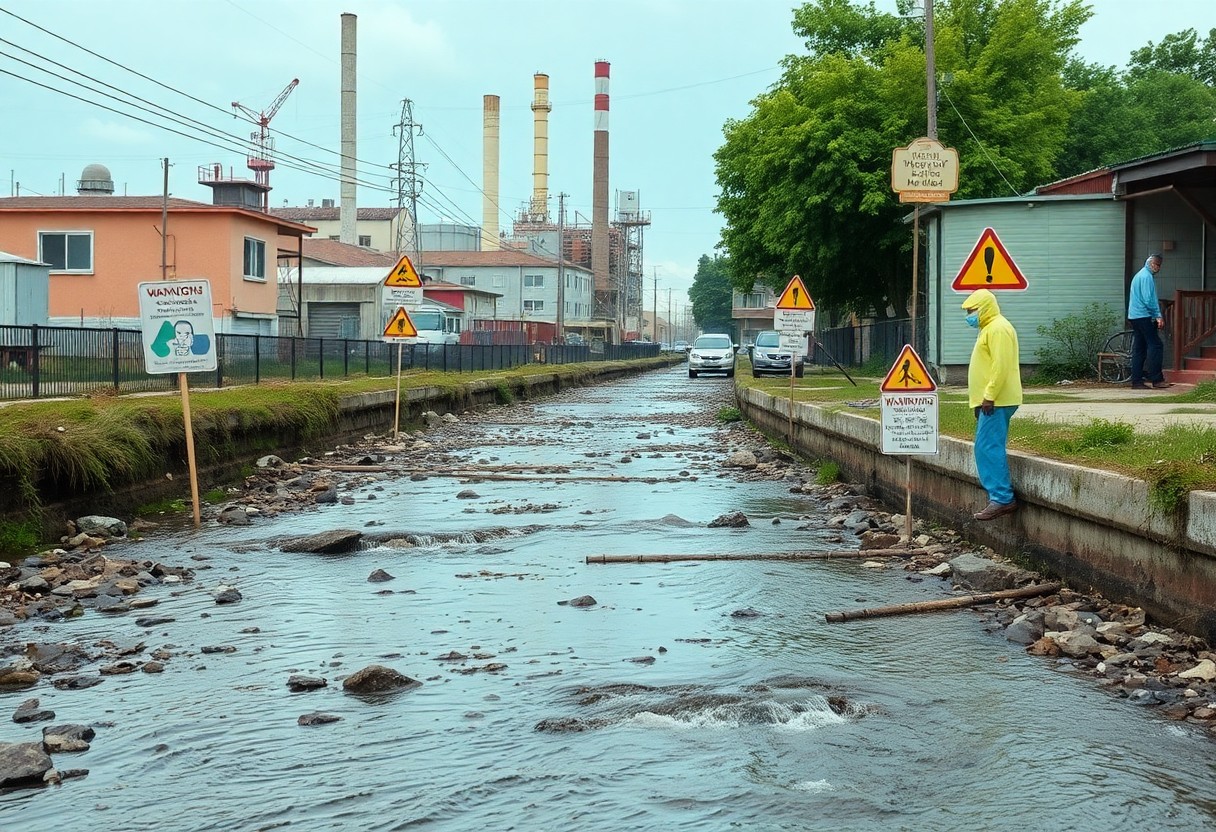Have you ever heard of PFAS? These are often called “forever chemicals.” They don’t break down easily in the environment. Recently, the Environmental Protection Agency (EPA) made new rules about these chemicals. Let’s explore what this means for you.
What Are PFAS?
PFAS stands for per- and polyfluoroalkyl substances. They are a group of man-made chemicals. You can find them in many household items. For example, they’re in nonstick pans, water-resistant clothes, and even food packaging like pizza boxes! The concern? These chemicals are everywhere, and they might be harmful to our health.
Why Are They Called “Forever Chemicals”?
PFAS get their nickname because they take a long time to break down. They can stay in our bodies and the environment for years. This means even tiny amounts can build up over time. Studies have linked PFAS to serious health problems like cancer and liver damage. Because of these risks, there’s a big push to regulate these chemicals.
The EPA’s New Regulations
In 2024, the EPA rolled out new regulations aimed at managing PFAS. This is important, as it impacts drinking water and other areas. Here’s what you need to know:
1. New Drinking Water Standards
The EPA has set new drinking water standards. The limit is set to four parts per trillion. This is super low—like four drops of water in 20 Olympic-size swimming pools! About 100 million people might be affected by these rules. They will now have safer drinking water. Learn more here.
2. Monitoring and Reporting
Water suppliers need to monitor and report PFAS levels. By 2027, they must start checking for these chemicals in their water systems. This action will help ensure water safety for communities across the country. Check the EPA’s monitoring strategy.
3. Funding for Cleanup
The Bipartisan Infrastructure Law includes $10 billion to help communities clean up PFAS contamination. This funding is used for new technology to filter these chemicals from water. It’s a big step towards cleaner and safer drinking water. Find out more about funding initiatives.
4. Hazardous Substance Designation
In 2024, the EPA classified two PFAS, PFOA and PFOS, as hazardous substances. This means companies that pollute with these chemicals can be held liable. They must pay for the cleanup of affected areas. This will help protect people and the environment. More details can be found here.
5. Chemical Safety
The EPA aims to keep dangerous PFAS out of the market. New regulations will stop companies from making broken-down PFAS without thorough reviews. This protects us from having more harmful chemicals enter our lives. Learn about the EPA’s chemical safety policies.
How Do These Changes Impact You?
So, why should you care about these regulations? Here are a few reasons:
Safer Drinking Water
As the EPA takes action, your tap water should become safer. This is important for your health and that of your family. Clean water is essential for everyone!
Health Protection
With clear regulations, your risk from PFAS exposure decreases. Reduced exposure means fewer health problems related to these chemicals. This change can help improve your quality of life.
Community Support
The funding for cleanup will help local communities. It can bring better water infrastructure and technologies. You could see improvements in environmental safety right where you live.
Awareness and Education
These new regulations can also increase awareness. You’ll become more informed about what’s in your environment. Knowledge is power, and understanding these issues helps everyone.
FAQs About PFAS and EPA Regulations
How can I stay informed about PFAS regulations?
You can follow the EPA’s website and related news sources. They regularly update the public about regulations and safety measures concerning PFAS.
Are there products I should avoid because of PFAS?
Yes, some products, like nonstick cookware, stain-resistant fabrics, and certain food wrappers, may contain PFAS. Look for alternatives that are free from these chemicals.
What should I do if I suspect PFAS in my water?
If you think there may be PFAS in your drinking water, contact your local water supplier. They can provide information and conduct testing.
Understanding PFAS and the recent EPA regulations is crucial for you and your family. With safer drinking water, health protections, and community support, these steps mark a significant change. By staying informed, you can advocate for a better and healthier environment. Remember, each of us plays a part in reducing the harm caused by these “forever chemicals.”
Feel free to share your thoughts or questions about PFAS and the new regulations! Your opinion matters, and together, we can advocate for a healthier future.










